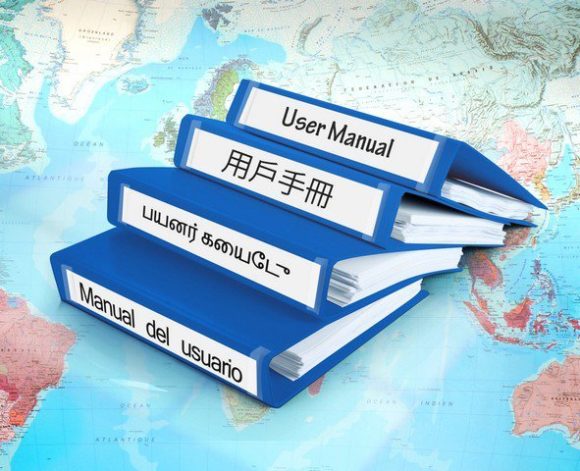Documents requiring technical translation require a deep understanding of the field and knowledge of its terminology. The goal is to ensure the exchange of information between people speaking different languages through scientific and business materials: articles, documentation, manuals. The most popular are written technical translations.
Translation Characteristics

It is not always necessary to understand technical translation skills to understand what is written in books or documents in a foreign language. Incorrect interpretation of the word may affect the company's profit, court decision, receipt of important papers or literacy instructions. Only a specialist who is familiar with the speech turns characteristic of this sphere will convey the close meaning of the original.
The text can be dedicated to one of the following areas or combine them:
- medical technology;
- computer equipment;
- mechanical engineering, aircraft manufacturing;
- legal disciplines.
For example, in legal texts the expression: “null and void” may occur. If you translate it verbatim, it will turn out to "nullify and annul." In online translators - the second option: "not having legal force." But those who own judicial and legal subjects will indicate another, correct interpretation of this phrase: “insignificant”.

Clear unambiguous definitions are needed when translating documents, instructions for products and cars, presentations for expositions of forums, medical history. The basis of the translation should be a formal logical style of narration close to scientific, which implies:
- retelling of the text in the form of a monologue;
- the choice of language tools related to the scientific style;
- normalization of speech;
- clear semantic boundaries.
The texts are filled with vocabulary calling objects and concepts related to the affected area. These words are borrowed from other languages, abbreviations, transliteration and even have equivalents in the final language of translation. For example, English concepts and their Russian meanings: transceiver - transceiver, modulator - modulator.
Each sphere of human activity is in the process of constant development, therefore, new stable phrases, abbreviations, and terms appear. The translator must constantly work on his knowledge in order to be able to find the exact equivalent in his native language.
Confusing one word, you can cause great damage to the understanding of everything written.
Quality indicators

Quality in the interpretation of the text is measured by the adequacy, or equivalence, of the result to the original. A good translation satisfies such requirements as:
- accuracy, lack of missing important parts of the document;
- conciseness, concise presentation;
- compliance with the norms of the literary language, the absence of syntactic constructions transferred from the original language;
- unified terminology;
- following the rules for the design of computer text.
When interpreting a document or article, style defects that do not allow a clear understanding of the essence should not be used: amorphous (having more than one interpretation) sentences, shifted logical stress in phrases, “spurious” connections between words. The latter means the inadmissibility of constructing sentences so that a connection appears between words that did not have it in the original version.

The content in the finished translation of clericalism, scientific and cumbersome turns is unacceptable. For example, instead of “there is no reason” you should write “no reason”. The rule is to use only those words that cannot be dispensed with. Simple options sound more natural and more understandable.
Any automatic Internet translator will cope with the task of translating text - and it will not cost a penny. But we must not forget that only an experienced technical translator will perform the turnkey task, finding the right terms and omitting the superfluous.





Alas, no comments yet. Be the first!